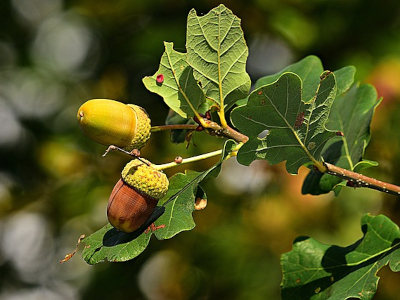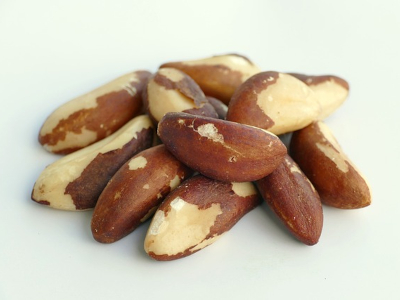Fitting food into categories can be tricky. For example, tomatoes and avocados grow the same way as fruit but taste like vegetables. Additionally, watermelon and eggplant are actually berries. If that was not confusing enough, most of the “nuts” are not considered to be nuts, which includes almonds, pistachios, peanuts, cashews, and pecans.
The problem is that consumers and botanists think differently about which category each food belongs in. Consumers look at what is on the shelves in the grocery store. When they see a food with a woody shell-encased, small, round-ish, natural, dry, and crunchy texture, they are most likely considering this food to be a nut. However, a botanist looks at the whole plant. According to a plant scientist from the University of California, a true botanical nut is a dry fruit with a single seed encased in a hard, nonsplitting ovary wall. The hard outer shell of a true nut does not open on its own, such as walnuts, chestnuts, hazelnuts, and acorns.

Almonds, cashews, and pecans are seeds inside a drupe or a stone fruit. A drupe has a fleshy outer layer instead of a hard outer shell like true nuts. The fleshy outer layer surrounds a pit that contains the seed, which is identical to the pits of cherries and peaches. Almonds develop within a green, fleshy fruit. Furthermore, cashews emerge from green, red, and yellow cashew apples. For numerous drupes, consumers eat the juicy fruit and throw away the pit. However, consumers do the opposite for nut-like drupes. They remove the outer layer, which is called the husk, and eat the seed inside the pit.
Peanuts have two seeds, and the outer shell easily breaks open. They are considered legumes, such as soybeans and lentils. A legume is a plant family that prepares its fruit (often beans) in a pot. This means that peanuts have more in common with a snow pea than an actual nut, and therefore, peanuts are not considered to be nuts.

From a nutritional standpoint, peanuts and tree nuts, including acorns, chestnuts, and hazelnuts, share many similarities. They are both abundant in beneficial unsaturated fats, fiber, and various vitamins and minerals. Research indicates that individuals who consume peanuts or tree nuts on a regular basis have a lower risk of developing heart disease than those who consume them infrequently. Additionally, peanuts are a more cost-effective option than tree nuts, making them a budget-friendly choice for incorporating into your daily diet.
Moreover, brazil nuts are not classified as legumes or drupes. They cannot be considered true nuts due to the fact that they grow in clusters of 10 to 25 inside a single pod, which is approximately 3.8 centimeters in size. The pods, which resemble wood and weigh between 1.8 and 2.7 kilograms, fall to the ground when mature and are often bitten through by rodents, who help to spread the “seeds.” While it would be more botanically accurate to label them as “Brazil seeds,” changing the name now would be difficult for both consumers and botanists. Many consumers have a set idea of what a nut is, and some of the technical language used by botanists dates back to classical scientists such as Aristotle. Therefore, it seems that we are stuck with the current classification.

Sources:
https://www.livescience.com/what-are-nuts.html
https://www.health.harvard.edu/heart-health/legume-of-the-month-peanuts
